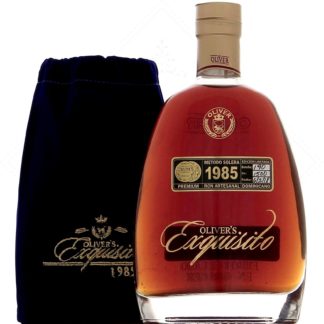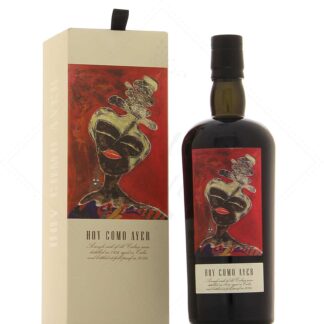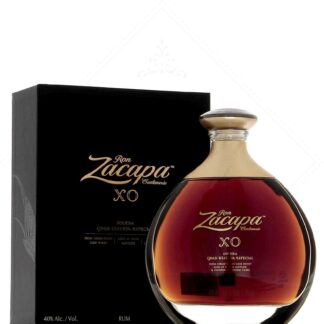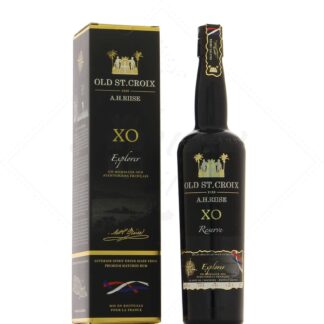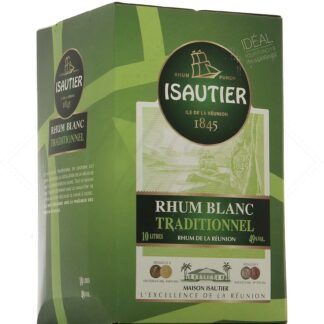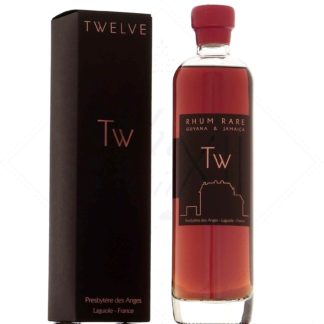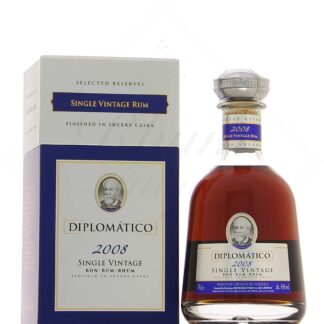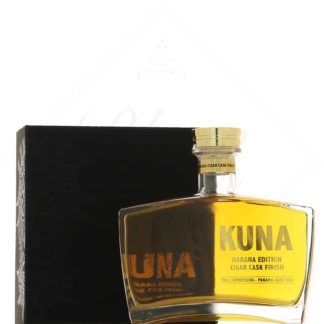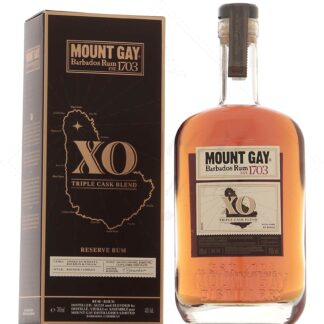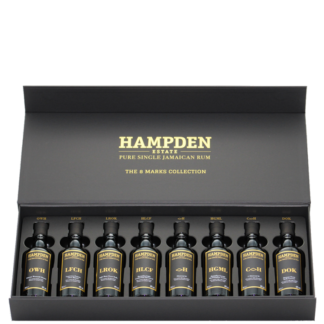Traditional molasses rum
Molasses rum is the traditional way of making rum. It accounts for over 90% of world production. In the past, each distillery depended on a sugar factory, which is why it's also known as "sugar mill rum" or "industrial rum".
In the early days of cane sugar and rum, the scum from cooking pure cane juice, or even the cane juice itself, was distilled. But the knowledge and methods of the time did not yet allow these fragile materials to be processed properly. It turned out that molasses, which was stable and easy to store, was much more reliable.
This by-product of sugar production was previously used to feed cattle and slaves. It became a very interesting outlet for plantation owners. They were able to use the effluent to make rum.
Molasses production
When the cane arrives at the sugar mill, it passes through a shredder. It is then pressed in large horizontal rollers. This operation is repeated to obtain all the juice, often soaking the cane in water to facilitate extraction. The cane juice is then heated to remove the water and concentrate the sugar.
Cane juice is primarily composed of sucrose, glucose and fructose. During the cooking process, a few sugar crystals are sprinkled on top of which the crystallized sucrose agglomerates to form larger crystals. Next to the crystals is a black, viscous liquid called molasses. At this stage, the whole thing can already be centrifuged to recover a rich sugar, still full of molasses. This is complete sugar, also known as muscovado.
From cane honey to Blackstrap molasses
The molasses obtained after this first stage is called cane honey in Latin American countries (e.g. Diplomatico in Venezuela). In English-speaking countries, it's known as "Grade A molasses". It is a molasses very rich in sugars, similar to battery syrup.
You can then repeat the operation, heating and centrifuging the cane juice once again. The result is an unrefined Demerara brown sugar, as well as Grade B molasses. When the juice is evaporated once more, a highly refined sugar is obtained. The by-products of this operation are "blackstrap molasses", depleted of their crystallizable sugar. Although no more crystallized sugar can be obtained from this molasses, it is not devoid of fermentable sugar (the kind we need to make rum).
Choosing molasses
Blackstrap molasses is the least expensive for distillers. But it is less concentrated in sugar than first-cooking molasses, contains more impurities, and carries less of the cane's original aromas. As a result, larger quantities are needed to achieve the same yield as with cane honey. It is said that the less efficient the sugar factory, the better the molasses, and vice versa. The choice then lies with the distilleries. They have to strike a balance between flavors, production costs and yields.
Today, distilleries with their own sugar mills are increasingly rare. They buy their molasses from the four corners of the world, trying to respect certain specificities that enable them to achieve stable, continuous production. To achieve this, they often use brokers who source their molasses from the major producers in South America and Asia.
Some distilleries, such as Privateer in the USA, ensure a regular supply by working with just one sugar mill, in Guatemala.
Molasses and rum
To make rum, the viscous molasses liquid has to be diluted, then fermented and distilled. This is generally done with water, the quality of which is extremely important in this case. But it can also be done with vinasses, the residues of previous distillations, in the Grand Arôme or High Ester method.
This is followed by inoculation with yeast. Yeasts are also very important, as they strongly influence the final aromatic profile. This yeast addition can also be natural and spontaneous. Once again, this is the case for grand aroma rums or certain Jamaican rums, for example.
To find out more about this topic, visit our blog post: The crucial fermentation stage in rum production.
Types of molasses rums
Light rums contain less than 225 grams of aromatic substances per hectoliter of pure alcohol, and often much less (20 to 90 g/hlap).
Traditional rums contain more than 225 g/hlap of aromatic congeners.
Grand arôme rum contains aromatic compounds (non-alcoholic) in quantities exceeding 500 g/halp.
In terms of styles, molasses rums are best represented in the English (rum ) and Spanish (ron) traditions. Read less
-
-
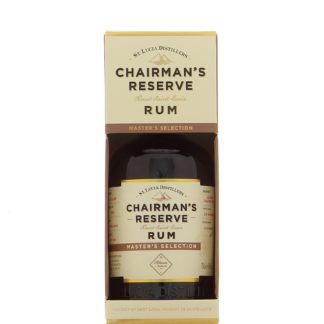
Chairman's Reserve Brut de cask 2010 13 years selection Rum Attitude 61°
- Saint Lucia
- 61 ° - 70 cl
8 notice -
-
-
-
-
-
-
-
-
-
-
-
